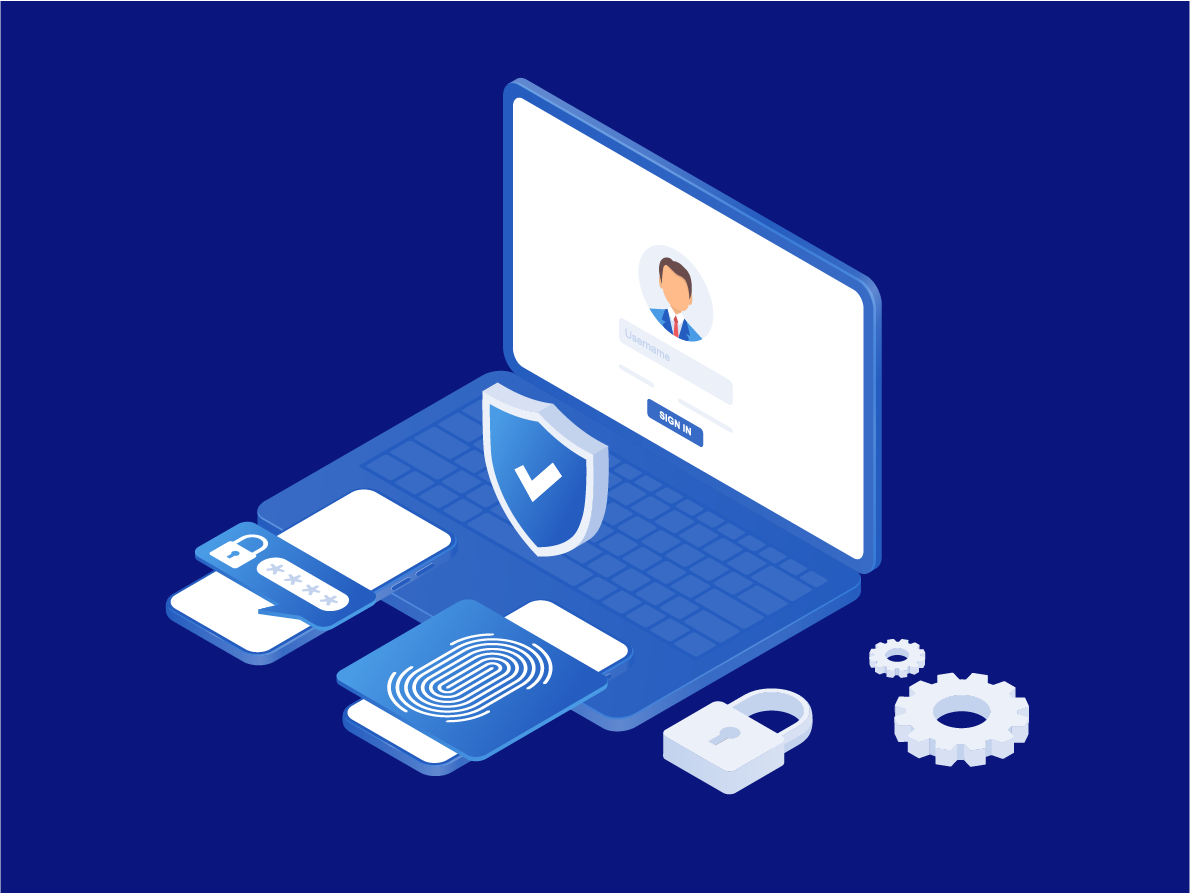
As the world transitions into a cashless society, digital wallets and online banking are slowly changing how people use their money. These tools provide consumers with a more efficient means of performing financial activities, such as viewing account balances, transferring funds between multiple accounts, and paying bills. In addition, the growth of financial technology (FinTech) solutions made online transactions more convenient, helping businesses improve customer experience.
The COVID-19 pandemic in early 2020 triggered a faster adoption rate of mobile wallets in numerous countries. In the United States, it is calculated that up to 203 million Americans will use digital banking by the end of 2022. Moreover, it is estimated that the FinTech sector will be worth more than $322 billion in 2022 and is expected to grow further.
With digital wallets accounting for more than half of in-store and online transactions by 2024, banks and online wallet providers need robust security in their platforms. Besides implementing strong software security, banks and digital wallet providers must have a strict authentication process before potential clients use their services.
The eKYC Method
Before allowing consumers to create an account, FinTech services must guarantee that those trying to access their services are legitimate clients. Fraudsters often mask themselves as genuine customers to create an account and access various digital platforms. This is why anyone looking to engage with financial services is subject to a stringent Know Your Customer (KYC) process.
First introduced in the 1990s and strengthened with The Patriot Act of 2001, KYC guidelines have been helping financial firms for years. A thorough KYC authentication practice can help detect high-risk prospects that might do more harm than good in the long run. It enables banks to prevent fraud incidents and avoid penalties due to non-compliance.
With the continual growth of FinTech, the usual KYC standards needed to be updated to cater to the changing demand. Implementing eKYC (electronic KYC) can make the entire process more efficient, saving banks, online wallets, and their customers a lot of time. FinTech providers can utilize a dedicated eKYC portal that will allow prospective clients to fulfill requirements remotely.
eKYC in Digital Onboarding
Since digital onboarding is becoming the norm, financial organizations have started employing eKYC practices. This can help them cater to the increased interest for faster onboarding practice without compromising the safety of their digital platforms and consumer base. eKYC can significantly improve digital onboarding systems, which can be a game-changer and give financial companies a significant advantage in the market.
- Faster Onboarding Procedure The prime advantage of eKYC is it makes the onboarding process instantaneous. Unlike traditional KYC, which can take days or months to complete, eKYC allows clients to fulfill their requirements in real time. The system will immediately compare the submitted documents to government records and look for possible hits. This simplifies the process for banks and digital wallets, enabling them to better allocate their time toward other business-critical tasks.
- Revamp Customer Experience Conforming with the constantly changing demand requires adopting new strategies that will enable firms to keep their client base happy. A simplified digital onboarding process using eKYC can significantly improve customer experience (CX) and boosts their chances of turning new clients into loyal customers. This will also prevent banks and FinTech services from having a high abandonment rate during onboarding.
A study by Signicat revealed some of the reasons why almost 70% of consumers discontinue onboarding. These reasons include prolonged time to complete onboarding, asking for excessive personal information, and the lack of digital options for certain procedures. eKYC will enable banks and FinTech applications to have an on-demand digital onboarding option, allowing them to keep up with the increased demand.
- Mitigate Fraudulent Activities Persistent fraud attempts have always been a concern for numerous sectors globally. The Federal Trade Commission reported a notable increase in fraud cases in 2021, reaching almost 3 million. This resulted in nearly $6 billion in losses, a staggering 70% increase since 2020. This number is expected to climb as new approaches to handling finances emerge.
A strict eKYC procedure can help banks and digital wallet providers stop potential swindlers from using their platforms for illegal activities. A prompt authentication of documents by matching them with various government records will allow them to catch bad actors immediately, which will allow them to prevent extensive financial losses and a decrease in customer trust.
Improving Security with Biometrics
Apart from onboarding, it is also crucial for banks and FinTech services to keep their systems safe from potential attacks from existing users. Cybercriminals use multiple schemes to exploit an organization's vulnerable defenses. Phishing cases are at an all-time high, with the Anti-Phishing Working Group (APWG) reporting more than 1.02 million phishing cases in the first quarter of 2022.
Pushing for passwordless authentication can significantly improve account protection and user experience (UX). Investing in modern security solutions, such as biometric authentication, can reduce the possibility of successful identity theft or data breach incidents.
Biometrics use different physical and behavioral attributes of an individual to verify their identity, including fingerprints, facial structure, iris, and voice. This information is not easily replicable, making it an ideal alternative to vulnerable knowledge-based credentials, like passwords and personal identification numbers (PINs). It can also provide a first-rate passwordless authentication UX by making the login process faster.
Implementing biometric authentication will enable banks and FinTech providers to strictly monitor their online platforms. This helps accurately verify that only legitimate users are accessing the accounts and not someone who is posing as a trustworthy individual.
The Future of Digital Onboarding and Authentication
Consumers turned to different online outlets to fulfill their needs when the COVID-19 pandemic forced physical establishments to close. Online banking and digital wallets became the norm which helped consumers remotely complete multiple tasks, such as shopping and paying bills.
However, the growing popularity of FinTech applications also increased the need to update traditional practices, leading to the rise of digital onboarding. Digital onboarding offers various benefits to banks and digital wallet providers and is expected to dominate the market in succeeding years. A simplified eKYC environment can make the procedure faster for a much better conversion rate. In addition, it will help to quickly look for high-risk individuals and prevent any potential fraud attacks from the start.
Financial firms can also protect their platforms from bad actors by adopting biometric authentication. It provides a high degree of reliability in confirming that the person accessing an account is its legitimate owner. Working with providers of biometric user verification, such as LoginID, will enable firms to implement robust cybersecurity measures and offer its users a positive customer experience.
LoginID's FIDO2 biometric authentication solution is highly secure, simple to integrate, and reduces friction during the onboarding and signing-in process. It enables financial institutions, banks, and card issuers to offer clients strong authentication and identity verification across desktop and mobile platforms.
To learn how LoginID can equip companies and businesses with the necessary fraud prevention tools, get started by registering for a free account. If you'd like to see how easy LoginID's biometric authentication solution is to integrate, check out the tutorial or read the developer documentation.
Sources:
- https://brainstation-23.com/ekyc-simplifying-customer-onboarding/
- https://www.forbes.com/sites/boblegters/2021/05/19/consumer-ownership-of-digital-wallets-is-surging-but-will-the-trend-hold/?sh=56ef09049802
- https://innotech-vn.com/8-benefits-of-ekyc-in-digital-onboarding-process-for-banks/#:~:text=It%20shows%20that%20eKYC%20in,and%20accelerate%20the%20onboarding%20process.
- https://merchantmachine.co.uk/rise-of-mobile-wallets-2022/
- https://vikaspedia.in/social-welfare/financial-inclusion/know-your-customer-guidelines


